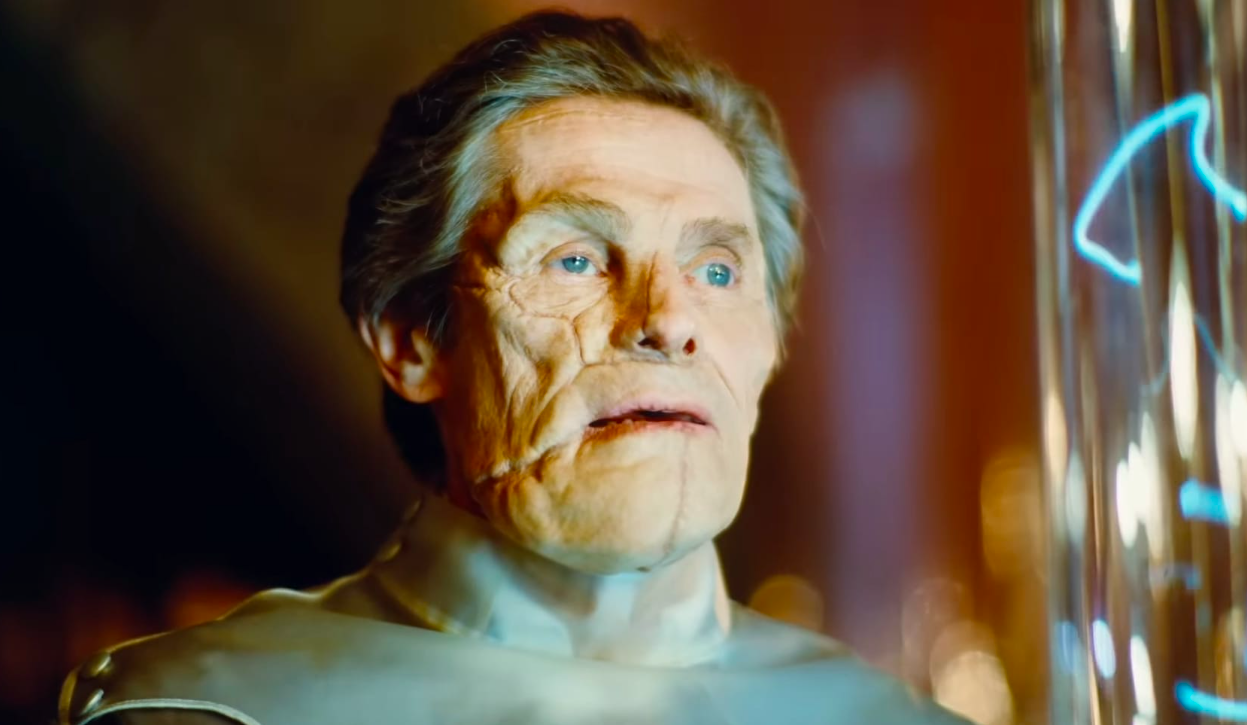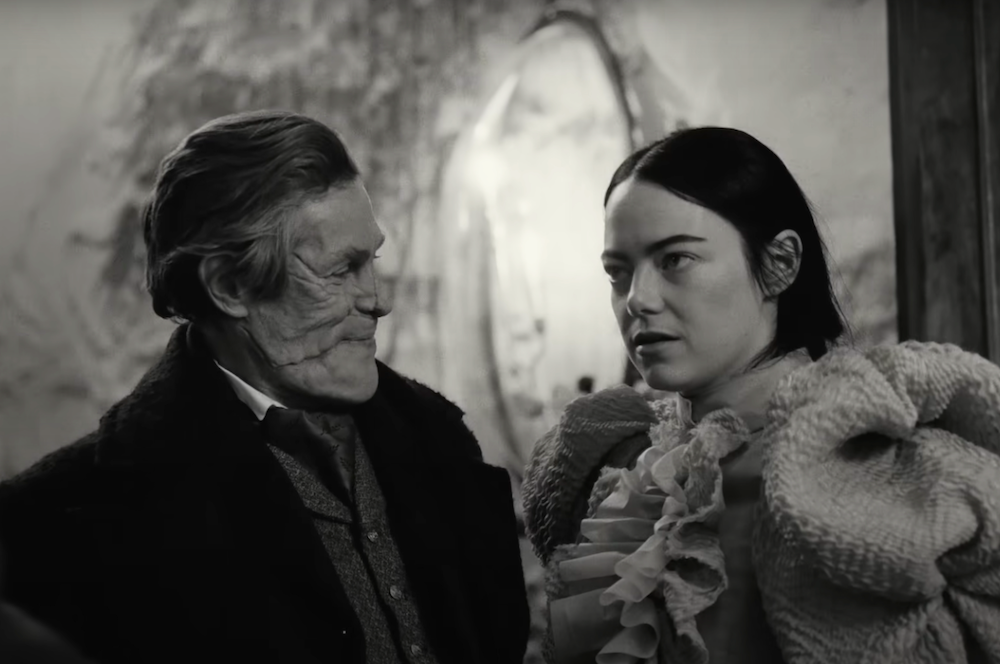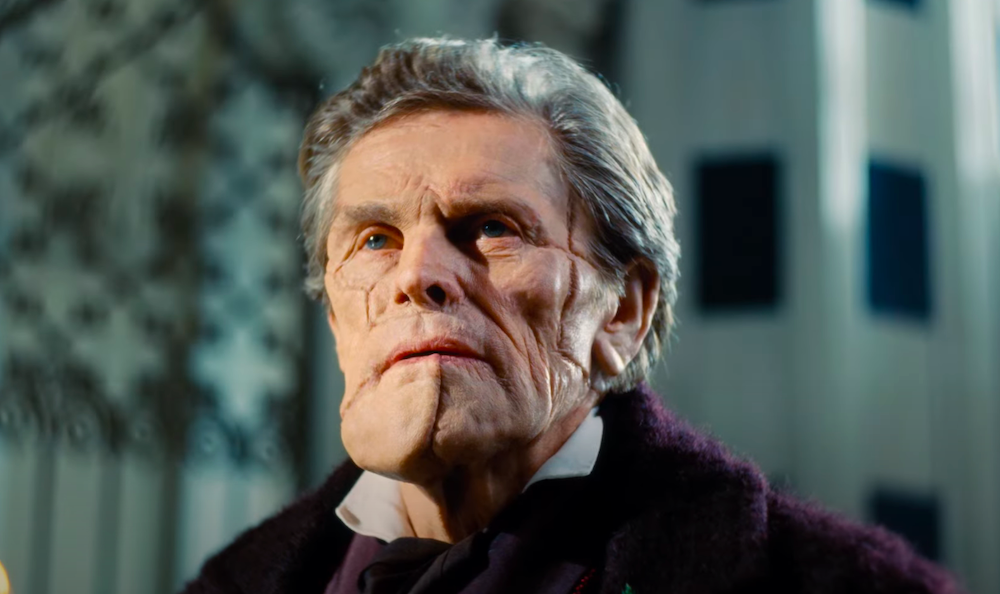Yorgos Lanthimos has made a name for himself for creating deeply human stories set in either an absurd situation or an absurd world, with the characters trying to figure out more about their existence than what is expected of them. In ‘Poor Things,’ Emma Stone plays the role of Bella Baxter, a woman who is brought back to life and embarks on a journey of sexual and intellectual exploration until she eventually comes into her own, figuring out who she is and what she wants.
While Bella is certainly the star of the story, she is not the only intriguing character with a sketchy backstory. The man, named Godwin Baxter, who reanimates her, doesn’t seem far from being a reanimated version of a human who had some other life before he became this person. His own experiences educate his treatment of Bella, and the meager attention to his story leaves a lot of blank spaces for the audience to fill. Can the word “Frankenstein’s monster” be used to fill one of those spaces? SPOILERS AHEAD
Godwin Baxter is a Nod to Mary Shelley’s Frankenstein’s Monster

Lanthimos’ ‘Poor Things’ is based on the book of the same name by Alasdair Gray, who was in some sense inspired by Mary Shelley’s classic sci-fi horror novel, ‘Frankenstein,’ but created a world completely separate from it. (It must be noted that the name Godwin probably comes from William Godwin, the father of Mary Shelley.) When it comes to the adaptation of Gray’s book, it’s clear that the inspiration from Shelley’s work continues to resonate, but the similarities in the narratives remain superficial at best.
While Godwin might appear to be straight out of Shelley’s novel, he isn’t really Frankenstein’s monster. Though the film does skirt that territory, it doesn’t explicitly confirm or deny this question. This might be, in part, due to the fact that Gray’s novel keeps it rather ambiguous. In the novel, the story is told from the perspective of McCandles (named Archibald in the book and Max in the film), who talks about his wife, Bella, and her shady origins. It is he who claims that Bella used to be Victoria, who died and was then brought back to life by Godwin. He describes Godwin as ugly, but because his description is subjective, it is hard to ascertain whether Godwin actually looked like that, especially considering that a lot of things McCandles says about Bella and Godwin are refuted by Bella in the book.
While the book plays with the perspective of the characters, making the reader wonder if McCandles’ version really is the correct one, the movie takes a more objective approach, where things are as we see them. Here, Godwin really is ugly and seems to be the Creature straight out of Shelley’s world. His backstory, however, reveals something much uglier. It turns out that Godwin’s father was even more brutal and heartless than Victor Frankenstein. While Frankenstein created the Creature as an experiment and due to his own “god complex,” Godwin’s father experimented on his living son because he wanted to understand the human body.

Godwin reveals, in a rather matter-of-fact way, throughout the film how his father tortured him repeatedly in the name of science. When Bella asks him what happened to his fingers, he reveals that his father once pinned his thumbs into a small iron case because he wanted to know if he could retard the growth cycle of bones. While Max is appalled hearing this tale, Godwin recounts it like some anecdote from his childhood that doesn’t really make a difference.
A couple more stories like this follow, with each one making Godwin’s father look even worse than previously imagined. While the story about his face doesn’t come into the picture, it isn’t hard to imagine what might have happened. Maybe his father was interested in reconstructive surgery and experimented on his son, or he was interested in some other research that he thought he could only do on his live son, leaving him with scars to last his entire life.
Godwin’s father and Godwin are clearly crafted from the roles of Frankenstein and the Creature, with both Godwin and the Creature wanting nothing but love and affection from their father despite what their fathers do to them. So, even after being traumatized by his father as a child, Godwin doesn’t show any hate towards him. Rather, he defends him, calling him an “unconventional man” or a man of science who did all this just because he was interested in finding out more about the human body and then using it to make the world a better place. In the novel, too, despite being abandoned by Frankenstein, the Creature seeks nothing but approval from him and even mourns his death in the end.

Both Godwin and the Creature are judged and called “monsters” due to their appearances, while truly they are kind and compassionate. In the book, it is only the man who cannot see, who cannot judge the Creature for the way he looks, who treats him with kindness. Godwin, meanwhile, makes peace with his appearance, and while he knows what the others think of him and how they talk about him, sometimes behind his back and often right to his face, he decides not to think too much about it and instead focuses on his work.
While the Creature never receives the love he ached for, things are much better for Godwin. He has people who understand him, love him, and accept him for his appearance, even though some of them might find him a bit odd at times. In the end, Godwin dies due to a disease that eats his body, unlike Frankenstein, who is consumed by his sadness and finds it better to die than to keep living. It is things like these that set the two characters apart.
In some ways, Godwin could be considered the Creature in a parallel world, where he was able to move on from the hatred of others. For Godwin, the only person whose love or hate matters is Bella, so much so that when he hears the word “hate” from her mouth, he decides to let her go on an adventure with Duncan, even when he’d been extremely protective of her this entire time. With all this in mind, it’s clear that while there are some similarities between Godwin and Frankenstein’s monster, they are, in fact, very different from each other.
Read More: Where Was Poor Things Filmed?


You must be logged in to post a comment.